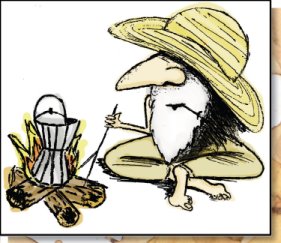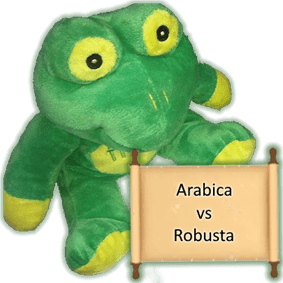 Many South Africans refer back to the European culture when talking about coffee. This is a little confusing, seem as most of Europe’s current culture has most of its heritage dictate by family started business, that started in the early 1900s and after the first war. So this heritage is not the most steeped (no pun intended) in history.
Many South Africans refer back to the European culture when talking about coffee. This is a little confusing, seem as most of Europe’s current culture has most of its heritage dictate by family started business, that started in the early 1900s and after the first war. So this heritage is not the most steeped (no pun intended) in history.
After the war (WW1)
American consumption had started to catch up to the European, due to the Americans become more involved in the Central and South American trade routes. That said the American still drank less per capita than Germany, Sweden, Norway and Finland.
The Southern European countries of France, Italy, Portugal and Spanish that were getting limited high-quality Arabica, had learnt that roasting Robusta to a dark or vary dark level reduced the bitter taste in the Robusta. The farther South the darker the roast was. In Northern Italy the roasts where moderate in Rome, they were darker but nowhere near as dark as the near charcoal roasts found in Naples and further South.
Move to Espresso
Drip method predominated the coffee brew until around the mid 1920s. In response to the growing need for “instant” coffee Luigi Bezzera (not even listed in Wiki, so that is how much his name has been lost) invented the first commercial espresso machine.
His patent was purchased by Desiderio Pavoni, who along with other Italian inventors like Teresio Arduino helped ensure the espresso machine had started to take a steady foot hold in Europe, its progress almost stumbled in WW1. By 1950 most coffee house in Europe had adopted the espresso machine, and they could be found even in Italian restaurants in the US. This dominance has persisted since then. The one reason is that lower quality coffees still produce an acceptable brew (to some people not us).
Regional roasters
Until WW1, most people still roasted coffee at home. But slowly the family run roasters started following the American example of advertising and branding, and convincing the housewife they had better things to do besides roasting coffee.
Here are some of the family legacy’s:
- Engwall – started selling green bean door-to-door in Gävle, Sweened and then started roasting as Gevalia, supplying the royal family
- Douw Egberts was started in 1753, when the Dutch dominated the coffee trade routes. They were bought by Sarah Lee in 1978
- Johann Jacobs opened a small coffee shop in 1895, short afterwards started roasting their own coffee. In 1930 the nephew Walther joined the company after spending time in the states. With his exposure to the advertising business in the states he copied Maxwell houses saying, changing it slightly. During the third reich it became a popular choice. After branching out in the 1970 to other foods, the were purchased by Kraft food in 1990
- Caffé Vergnano was founded by Domenico Vergnano in 1882
- In Turin Luigi Lavazza started a company in the same name in 1895. Sons Mario Beppe and Pericle carried on the business, producing multiple grades of coffee for a local and international market. Today Lavazza has four production facilities located in Italy, with seven subsidiaries around the world: France, Germany, Spain, United Kingdom, Portugal, Austria, and the United States. Lavazza distributes their products in eighty countries. They claim to be Italy’s favourite coffee, but this is based on their green bean business in Italy, where they sell to most of the roasters in Italy.
- Nestlé was started in 1867 by Henri Nestlé, a German chemist who had settled in Switzerland. Originally the company was based around the infant formula that Henri had developed for mothers that could not nurse. He expanded into condense milk, and the states in 1900. In 1938 after 8 years of experimentation Nescafé was release. This instant coffee was created with a new method that did not use the existing heated drum method. Nestlé sprayed the coffee bulk brewed into heated towers where droplets where turned to powder almost instantly. The initial instant had Dextrin, Dextrose and Maltose added to maintain the flavour.
Pondering
Like many urban legends coffee culture is not homogeneous in Europe. An Italian, French or Portuguese roast is a fictional concept. In fact the depending on where in each country you are based your roast can be from a light city to charcoal. Just like other parts of the world coffee culture is specific to the person drinking it, and the way the were introduced to it.
Bibliography: wiki and Uncommon grounds



